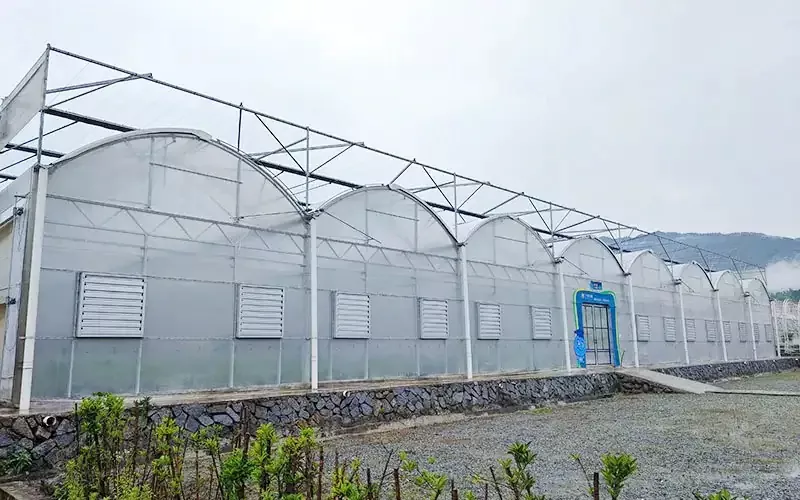The Importance of Choosing the Right Greenhouse Plastic
2025-05-08
A greenhouse is only as good as the material that covers it. While the frame provides structural support, it’s the greenhouse plastic that determines light transmission, heat retention, durability, and ultimately, the productivity of your growing environment. Choosing the right greenhouse plastic is not just a technical decision—it’s a strategic investment in the success of your crops.
1. Light Transmission Matters
Plants need light to grow, and the right greenhouse plastic ensures your plants receive the optimal amount. Different plastics vary in how much light they allow in. For example:
Clear plastic is ideal for seedlings and young plants that need intense sunlight.
Diffused plastic spreads the light evenly, reducing shadows and promoting uniform plant growth.
Selecting the correct light-diffusing properties can enhance photosynthesis, reduce plant stress, and improve yields.

2. UV Protection for Longevity
Exposure to UV rays degrades plastic over time. High-quality greenhouse plastics are treated with UV stabilizers, preventing early breakdown and maintaining strength for years. This means:
Lower replacement costs.
Fewer disruptions to your growing cycle.
Consistent internal climate control.
Investing in UV-resistant material ensures that your greenhouse covering won’t fail when you need it most.
3. Insulation and Temperature Control
Temperature swings can damage plants. Some greenhouse plastics are designed to retain heat during cold nights while providing ventilation during hot days. Look for plastics with:
Infrared (IR) additives to retain heat.
Anti-condensate coatings to prevent drip damage and fungal growth.
Efficient insulation reduces heating costs and creates a more stable environment for sensitive crops.
4. Durability and Resistance to Elements
Weather conditions like wind, hail, and snow can wreak havoc on inferior plastics. Choose greenhouse plastics that are:
Multi-layered or reinforced for extra strength.
Tear-resistant to withstand storms and mechanical stress.
Flexible to accommodate temperature fluctuations without cracking.
Durability pays off in fewer repairs and better protection for your crops.
5. Tailored to Crop Needs
Different crops have different environmental requirements. For example:
Tomatoes and peppers benefit from high light transmission.
Leafy greens thrive in diffused light with controlled humidity.
By matching the plastic to your crop’s needs, you optimize growth conditions and maximize your yield.
Conclusion
Choosing the right greenhouse plastic is a foundational decision for any grower. It influences your operational efficiency, crop health, and long-term profitability. Whether you’re a hobbyist gardener or a commercial grower, investing in high-quality, well-suited greenhouse plastic can make a measurable difference.

